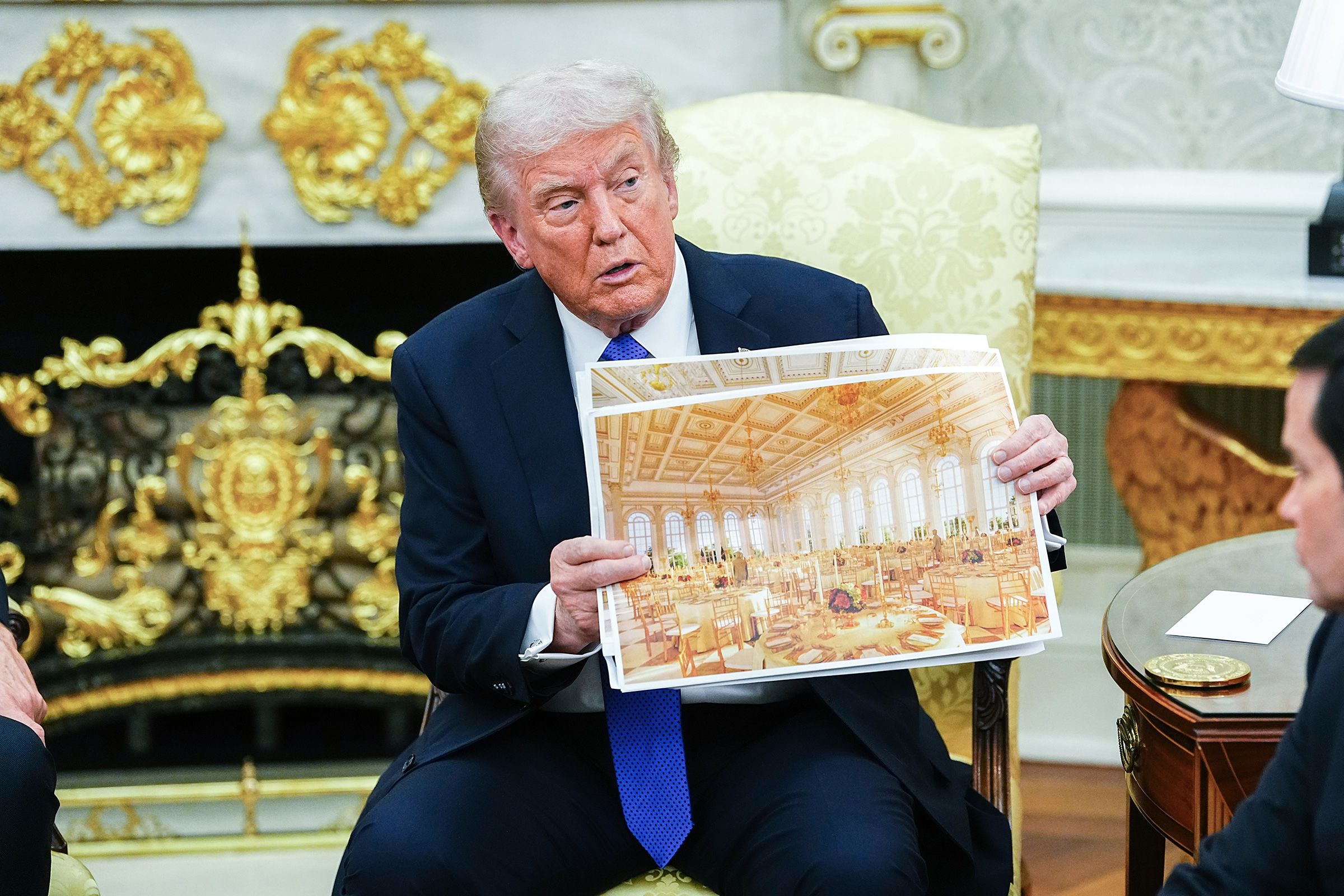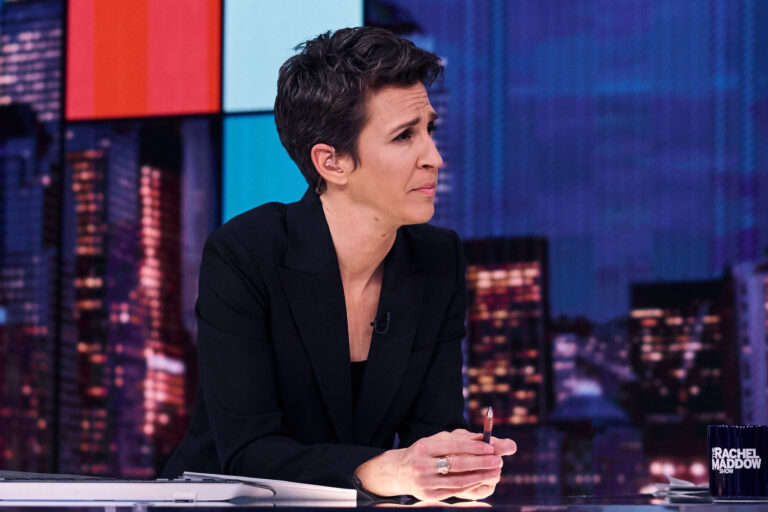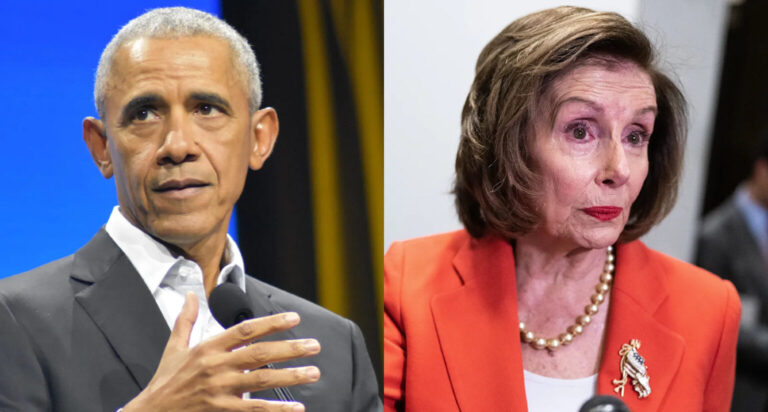BREAKING NEWS: “Americans are paying the price for T.r.u.m.p’s lavish overhaul!” — Whoopi Goldberg criticized the White House on The View, but Pam Bondi fired back with a sharp punch: “Let’s be real — twisting the truth on national television like this is like a masterclass in the art of theatrics. The renovations were done without a penny of taxpayer money, and now we’re seeing misinformation walking around in high heels. Maybe next time, try reporting the truth instead of auditioning for a TV series!” — and what’s the twist? Bondi hinted that she has the resources to end this TV war once and for all… – hghgiang
In an unprecedented media clash that has captivated both political observers and casual viewers, the White House renovation controversy has ignited a full-scale verbal battle between media titan Whoopi Goldberg and former Florida Attorney General Pam Bondi. The confrontation, unfolding live on The View, has laid bare deeper tensions over media accountability, political spectacle, and the increasingly blurred lines between commentary and fact in modern American discourse.
The initial spark came when Goldberg, co-host and cultural commentator, launched into a scathing critique of the Trump-era renovations. “Americans are paying the price for a lavish overhaul,” she declared, painting a picture of gilded hallways, extravagant furnishings, and a White House transformed into a private palace for the privileged. While the projects were reportedly financed through private donations, Goldberg’s rhetoric framed them as emblematic of a broader disconnect between leadership and citizens struggling with economic pressures.
What could have been a routine critique instead escalated when Bondi, leveraging her legal background and sharp communication skills, countered with a devastatingly witty and pointed retort:
“Let’s be real — twisting the truth on national television like this is like a masterclass in the art of theatrics. The renovations were done without a penny of taxpayer money, and now we’re seeing misinformation walking around in high heels. Maybe next time, try reporting the truth instead of auditioning for a TV series.
Bondi’s response did more than defend the administration’s financial handling; it reframed the narrative entirely. By juxtaposing “theatrics” with “truth,” she highlighted the tension between performative media commentary and factual reporting. Her imagery of “misinformation walking around in high heels” captured the absurdity she perceives in what she considers exaggerated claims, while her suggestion that Goldberg was “auditioning for a TV series” delivered a stinging critique of celebrity commentary masquerading as serious journalism.
Beyond the humor and verbal dexterity, Bondi’s statement underscores a more serious point: the role of narrative control in contemporary politics. The Trump-era White House renovations have been subject to scrutiny not only for their visual opulence but for the symbolic messages they convey. Critics argue that such lavish projects risk alienating a public already grappling with inflation, housing crises, and social inequities. Proponents, including Bondi, counter that the use of private funds demonstrates a separation between government expenditures and personal or ceremonial enhancements, and that the optics of criticism often overshadow facts.

This clash is emblematic of a broader societal struggle over truth in the media. The United States has entered an era where televised commentary carries the power to shape public perception as forcefully as official statements. Shows like The View occupy a unique space in this landscape: part news analysis, part entertainment spectacle. While this hybrid format allows for dynamic debate and cultural critique, it also opens the door to what Bondi terms “misinformation in high heels” — the conflation of opinion, exaggeration, and selective narrative as seemingly indisputable fact.
Social media reactions amplified the exchange exponentially. Within hours, Bondi’s zinger became a viral sensation. Clips of her statement were widely shared, generating memes, hashtags, and commentary dissecting her rhetorical strategy. Analysts noted the calculated precision in her language: the combination of humor, legal authority, and cultural critique allowed Bondi to command the narrative while undermining Goldberg’s credibility without resorting to overt hostility. It is a textbook example of how political figures now navigate both traditional media and digital platforms to assert dominance in public discourse.
Yet the controversy is not merely performative. Bondi’s cryptic assertion that she has “the resources to end this TV war once and for all” has raised eyebrows across political and media circles. Observers speculate that she may have legal, financial, or strategic mechanisms to counter what she sees as repeated misrepresentations. Some have interpreted this as a hint toward potential litigation, while others anticipate a media counterattack in the form of investigative reporting or a public campaign aimed at correcting the record. Regardless of the method, the statement introduces an element of suspense, framing the dispute as a high-stakes duel between celebrity commentary and institutional authority.

The renovations themselves, while physically confined to the White House, serve as a symbol of the larger cultural and political battles at play. Architectural and design choices in national landmarks often reflect values and priorities. Critics see extravagant spending — even privately funded — as a reflection of detachment from everyday citizens’ struggles. Supporters argue that the use of private contributions, rather than taxpayer dollars, neutralizes the criticism and allows for necessary modernization and preservation of historical spaces. Bondi’s defense aligns with the latter perspective, emphasizing transparency, legality, and fiscal separation, even as she deploys humor and cultural critique to challenge perceived exaggeration.
This episode also highlights the growing friction between media personalities and political actors. The traditional hierarchy — politicians shaping policy, journalists interpreting facts — has evolved into a multi-directional battleground where influence flows in all directions. Bondi’s intervention exemplifies how political figures can now directly confront cultural commentators on their platforms, leveraging legal authority, social influence, and rhetorical skill to reshape public narratives. Conversely, Goldberg’s initial critique demonstrates the enduring power of celebrity opinion in framing debates, particularly when it resonates with pre-existing public anxieties or frustrations.
Cultural analysts suggest that this type of clash is becoming increasingly common as Americans consume news and opinion across fragmented platforms. In this environment, statements like Bondi’s operate both as corrective measures and performative spectacles, simultaneously asserting authority and engaging audiences. The viral spread of her remarks underscores the power of concise, witty, and rhetorically sharp communication in shaping public perception and controlling the narrative.
Looking ahead, several questions loom. Will Goldberg respond to Bondi’s rebuttal, or will the silence be interpreted as acquiescence? Could Bondi’s hinted “resources” manifest as formal action against perceived misinformation, or is the remark primarily a strategic flourish designed to assert dominance in public discourse? And beyond the personalities involved, what does this clash reveal about the broader dynamics of truth, spectacle, and accountability in modern media?

Ultimately, the exchange between Goldberg and Bondi illuminates the tension between spectacle and substance, opinion and fact, celebrity and authority. Bondi’s statement, combining sharp wit, legal credibility, and strategic ambiguity, exemplifies the ways in which political actors can navigate and dominate media narratives in the 21st century. The viral nature of the remarks, the public debate they sparked, and the suspense introduced by her final cryptic comment all signal that this is more than a quarrel over interior design — it is a microcosm of larger battles over influence, truth, and cultural authority.
As the story develops, one thing is certain: the White House renovations, the viral quips, and the ensuing media spectacle have become intertwined symbols of the complex interplay between politics, media, and public perception. Americans are watching, debating, and sharing in real time, each interpretation colored by ideological alignment, cultural taste, and media literacy. Bondi’s remarks, in particular, serve as both a warning and a demonstration: in today’s climate, the lines between legal authority, political advocacy, and public performance are increasingly fluid, and those who master the interplay can define the conversation on their own terms.
In short, what began as a critique of lavish renovations has become a high-profile duel over truth, perception, and media influence. With Bondi hinting at undisclosed resources capable of ending the “TV war,” the public—and the media—are left to wonder who will emerge as the ultimate arbiter of narrative. In a society where every comment, clip, and meme carries weight, the outcome of this exchange could have far-reaching implications not just for those involved, but for the broader ecosystem of political communication in America.






